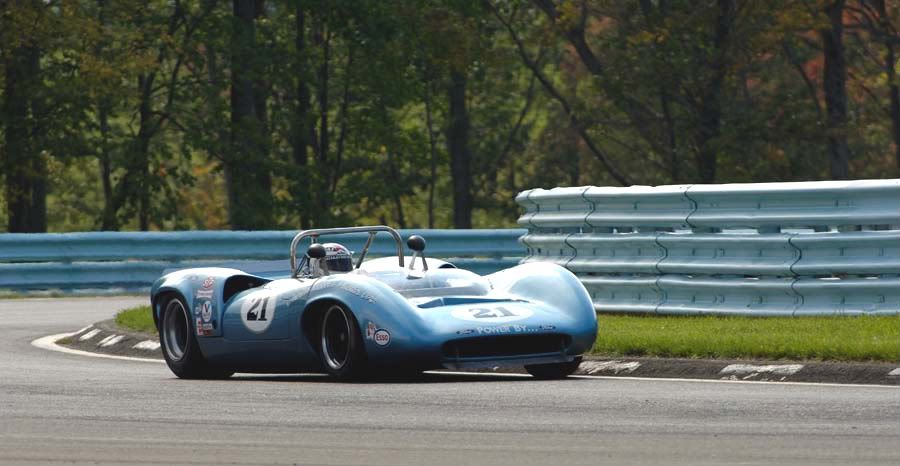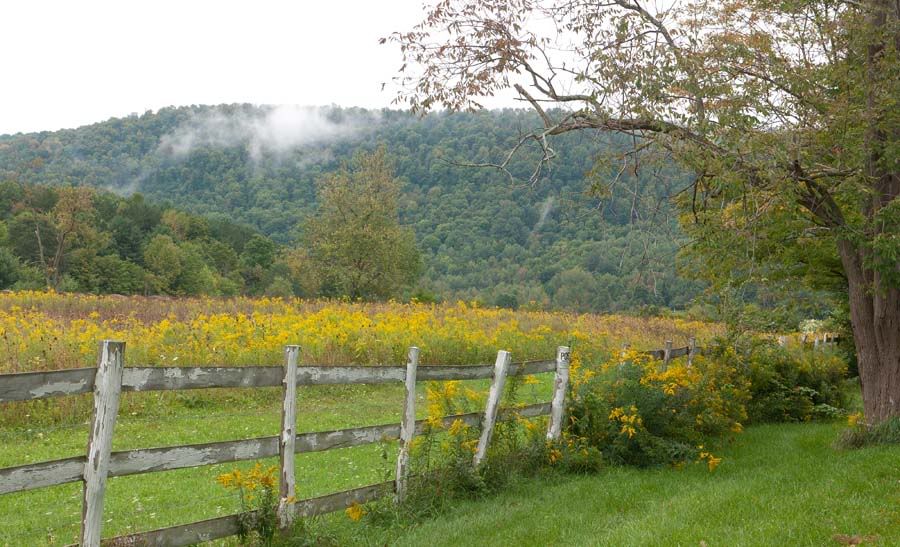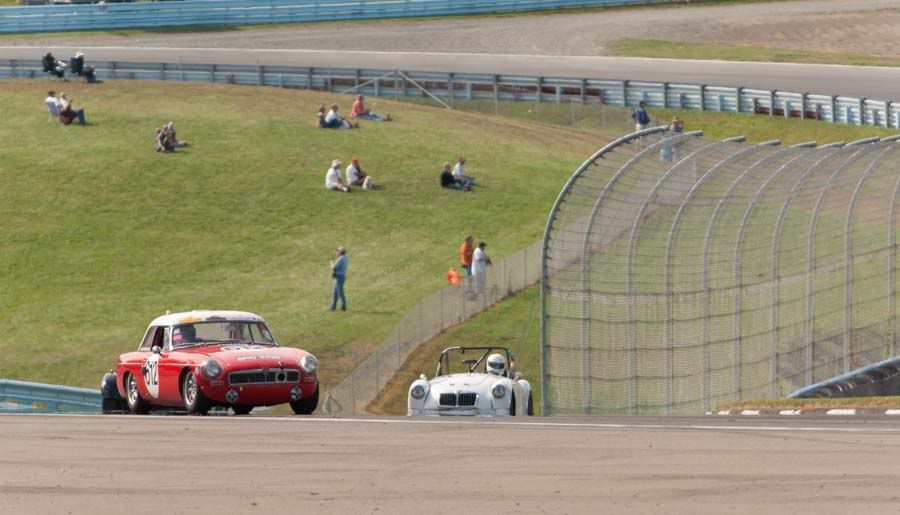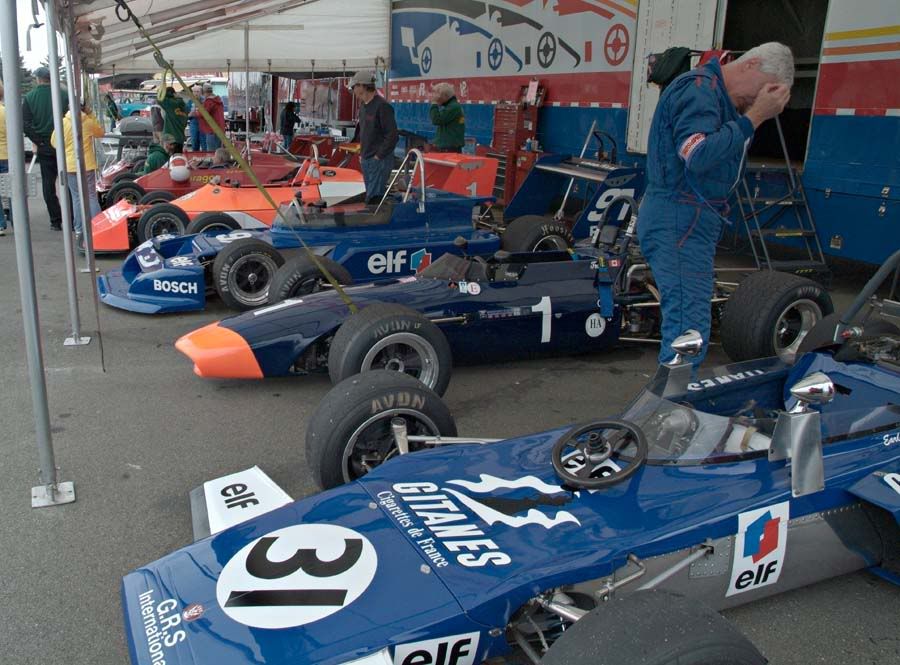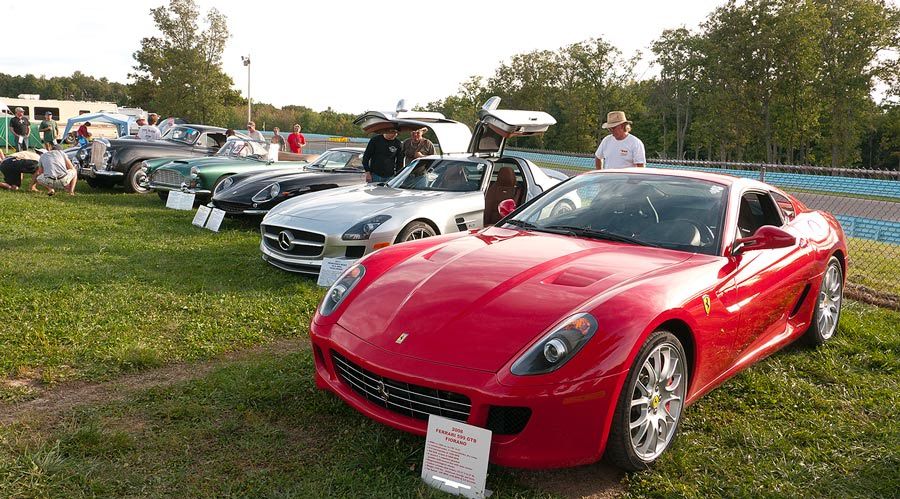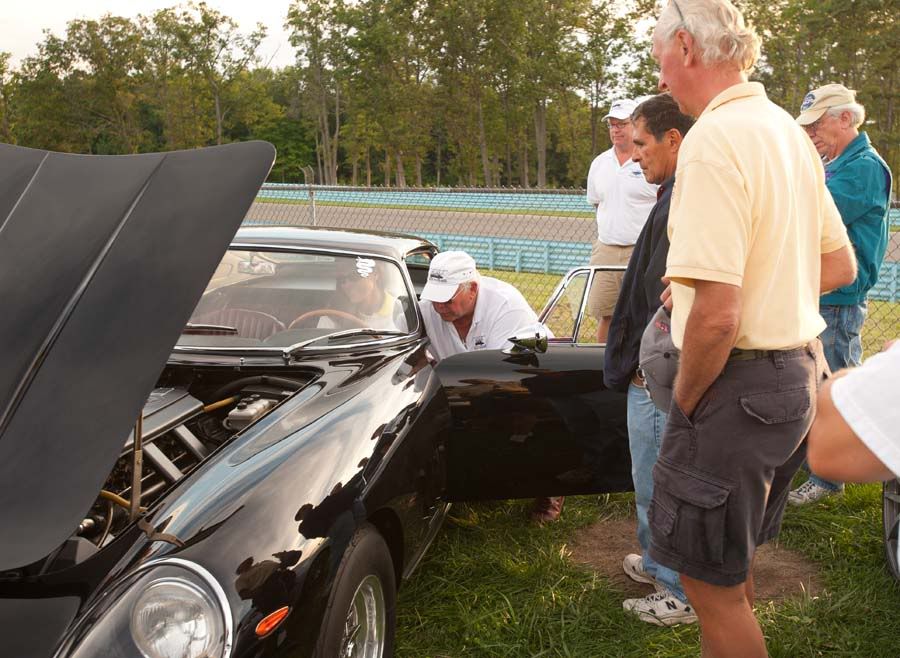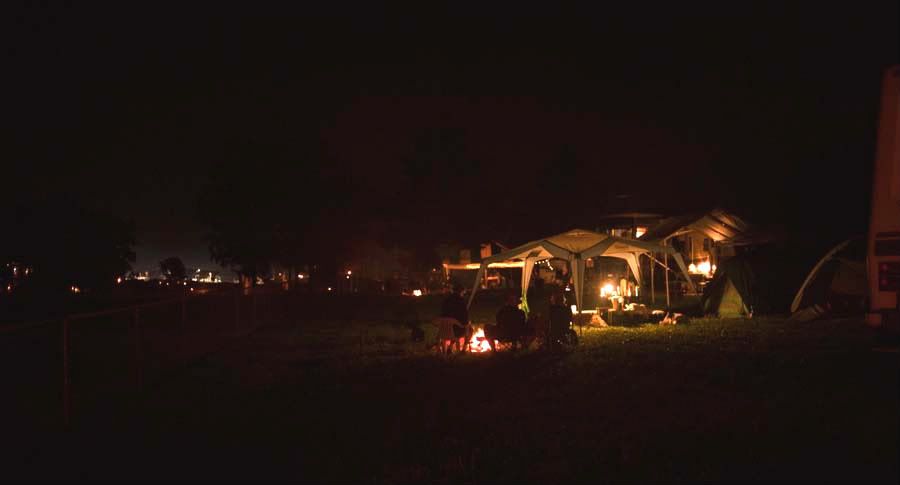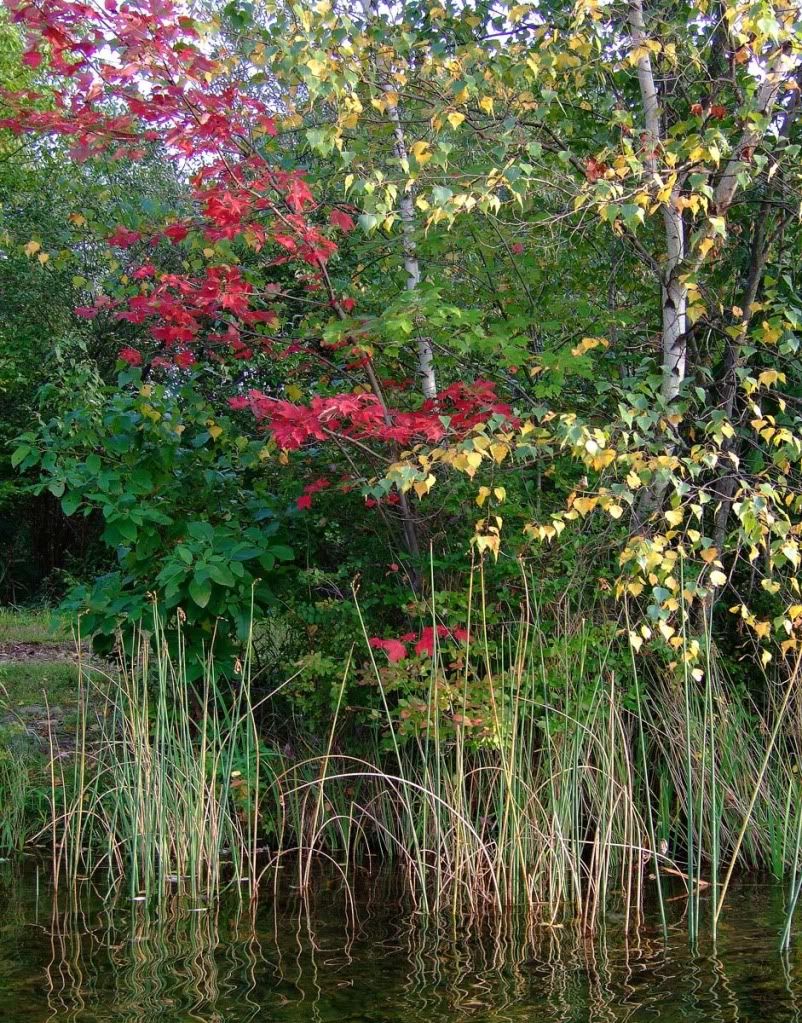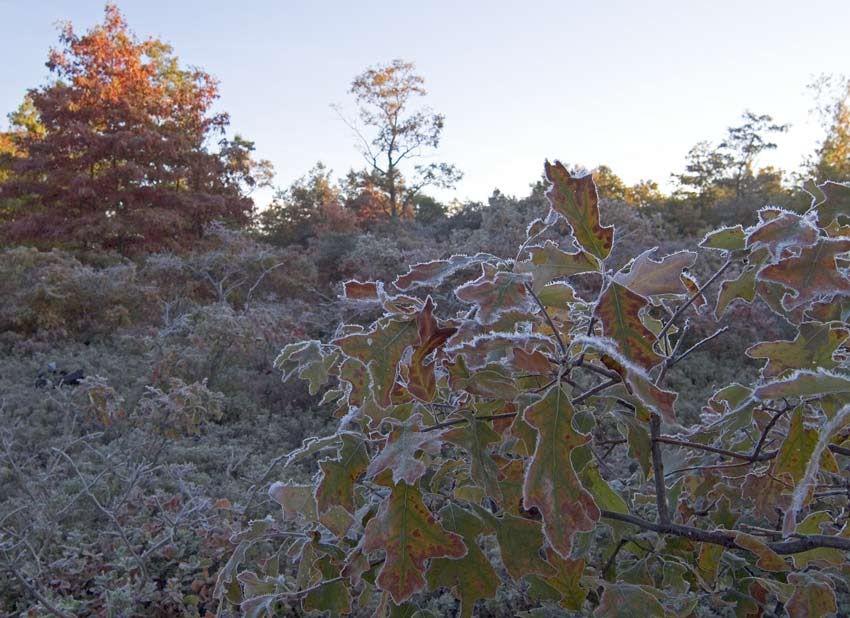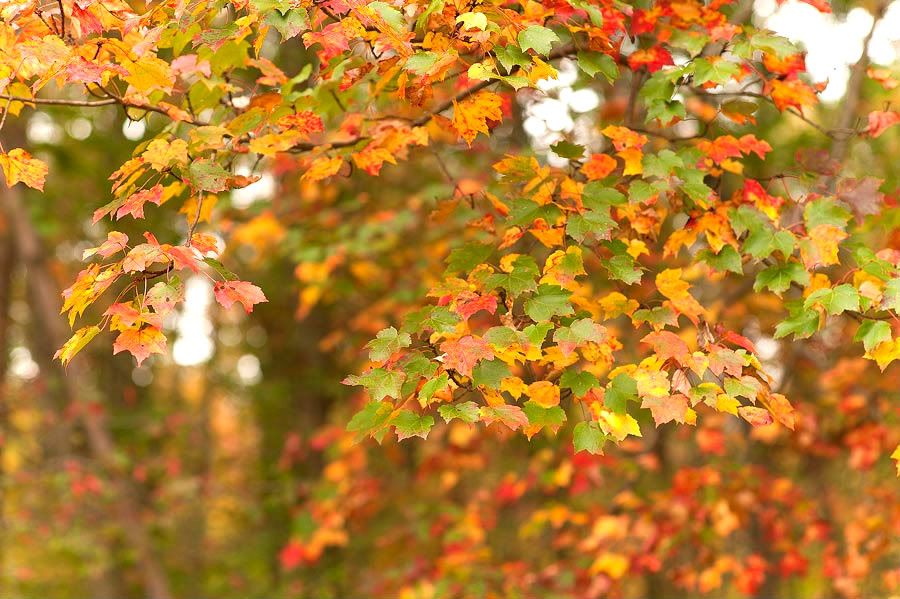
September Maple (Nikon D700, Nikkor 85mm f1.8)
Good prime lenses have much to teach the earnest photographer.
Because I’m cheap, and haven’t sprung for the latest hyper expensive, nano-coated Nikkors, designed and optimized for the full frame FX sensor. I am forced to operate with a collection of lenses that I suspect, would arouse sniffs of derision from a “best and latest” FX Nikon aficionado. I don’t yet own a 14-24mm f2.8, or a 24-80mm f2.8 or a 70-200 f2.8VR Mark II. I struggle by with my old 70-200 VR, and my 17-35 f2.8 along with a variety of single focal length “prime” lenses.
This has given me an appreciation for shooting in a fixed focal length . In other words, these are lenses that don’t zoom. This makes them simpler, and thus easier to design well. Great “primes” tend to have low distortion, and have great secondary characteristics. They are also really sharp, often much more so than common zoom lenses. Best of all, “primes” tend to be inexpensive to purchase compared to equivalent quality zooms.
I like that.
The simplicity of construction also allows these lenses tend to be “fast” or in other words to have wide open apertures so they can admit a lot of light to the sensor. With an imager like that of the D700 which has wonderful high ISO capabilities, a lens with an aperture wider than f 2.0 can let a camera essentially “see in the dark”.
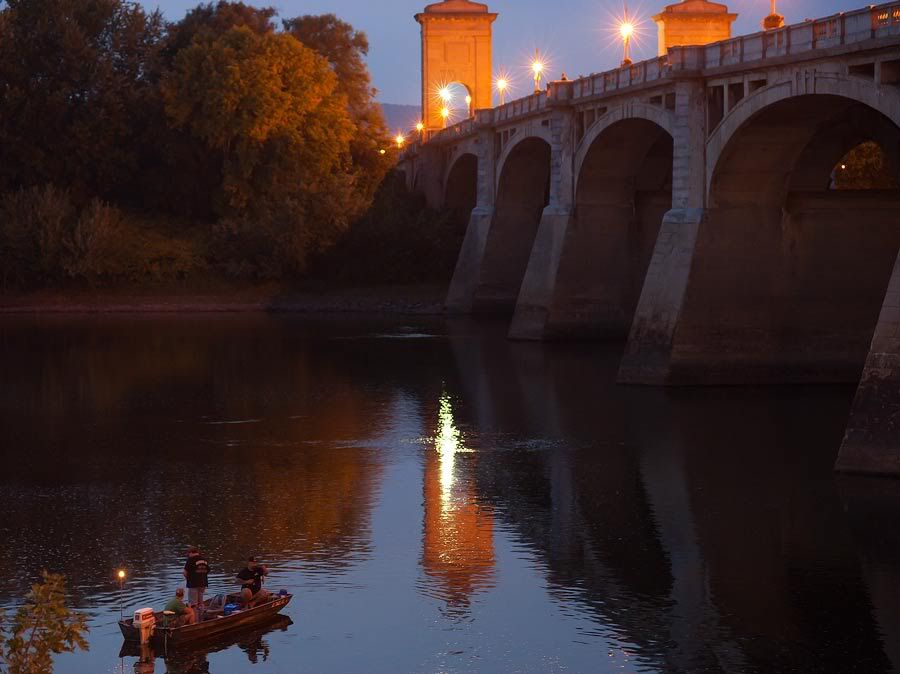
Fishing under the Bridge (Nikon D700, Nikkor 85mm f1.8)
Wide apertures also facilitate images with a narrow depth of field isolating the subject from the background. This is very flattering especially in portraiture but it can also be very helpful in landscape work.
Better lenses, but particularly fast “primes” also render the out-of-focus areas of the images they acquire in a smooth, flattering way. That characteristic is called “bokeh”.
On this day, I decided to do some hiking in the Nescopeck State Park, which is near to my home. I chose a part of the park which was previously farmland, bought by the state and cut periodically, to maintain the character of the land.
There was a lot of color already evident in the late September afternoon. Goldenrod had painted the background an almost uniform yellow, but in the fields there were white and purple Asters, Black-Eyed Susans and Pokeberry bushes. There were Milkweed pods, ready to erupt. Monarch butterflies were plentiful, as if waiting for that event.
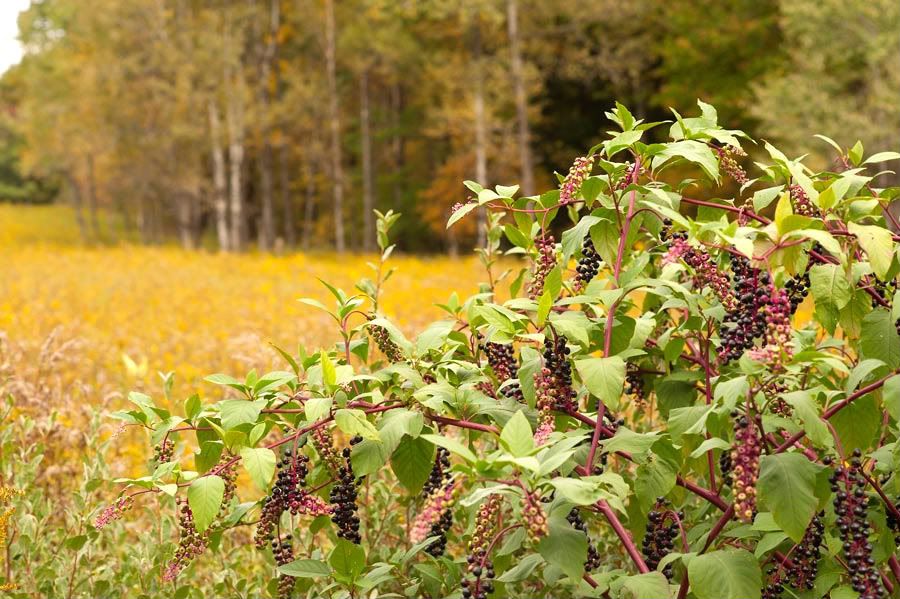
Pokeberrys (Nikon D700, Nikkor 85mm f 1.8)
I took the D700 and three primes, but I resolved early in the hike to leave a Nikkor 85mm f1.8 mounted on the body.
This is a mid-level Nikkor prime, though arguably, compared to the other 85mm Nikkors; it’s the most suitable for shooting landscape work. Though it’s not as “bright” (f1.8 vs.f1.4) it has measured in some reports to have the highest resolution across the frame. Oh, and it’s considerably smaller and lighter than its bigger brothers.
It’s a interesting photographic exercise, to adapt one’s vision to the constraints of the focal length. I walked as usual, with a heavy steel Manfrotto monopod, with a Bogen ballhead, to control camera movement. With a prime lens, one can no longer twist the zoom ring to frame the image. Instead, one has to “zoom with one’s feet”. Ultimately, this gives the photo a different look than when one just changes the focal length of a zoom lens. It suggests the almost infinite number of choices available to us when evaluating a scene for capture.
The experience tends to teach the true nature of each focal length.
I love good zoom lenses, but sometimes I think they stop you from thinking photographically. Shoot with primes and you begin to understand not only the framing inherent in the focal length, the changes that occur at different distances from the subject, the reletive magnification of the foreground and backround inherent in the particular lens length, and the available depth of field at various apertures.
Also, one sometimes tends to forget how useful, longer focal length lenses are in shooting landscapes. You just have to recalibrate from thoughts of wide scenic vistas, to focusing your attention on a particular detail of the scenery, and using the shorter depth of field, and the bokeh inherent in good long glass, to blur the background into a sort of impressionistic look. This is what good lenses, particularly primes, allow you to do.
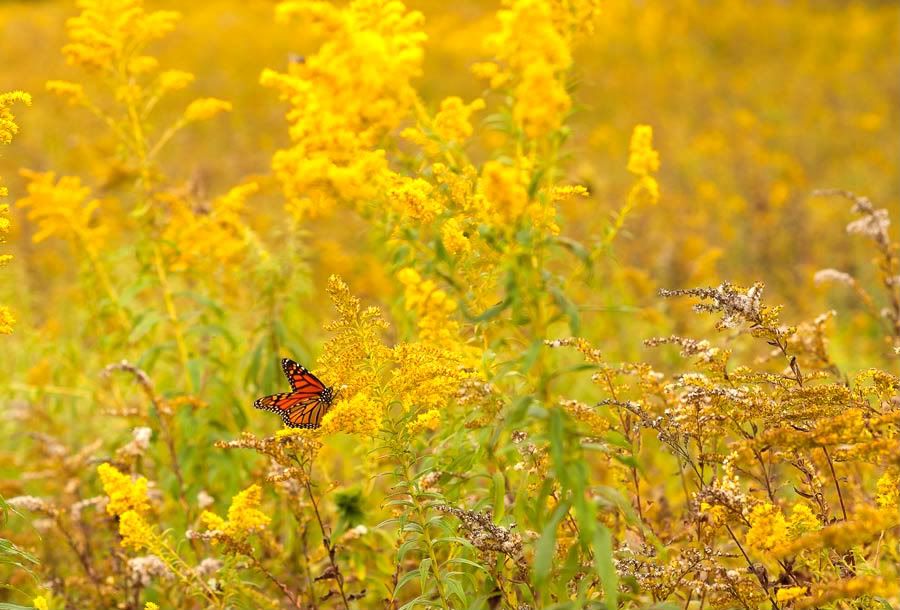
Monarch and Goldenrod (Nikon D700, Nikkor 85mmf1.8)
Good photographers understand all the characteristics of various focal length lenses in their bags.
Hopefully, by spending a day with a single prime lens on the front of the camera, you can then begin to use your zooms lenses more thoughtfully and effectively.





